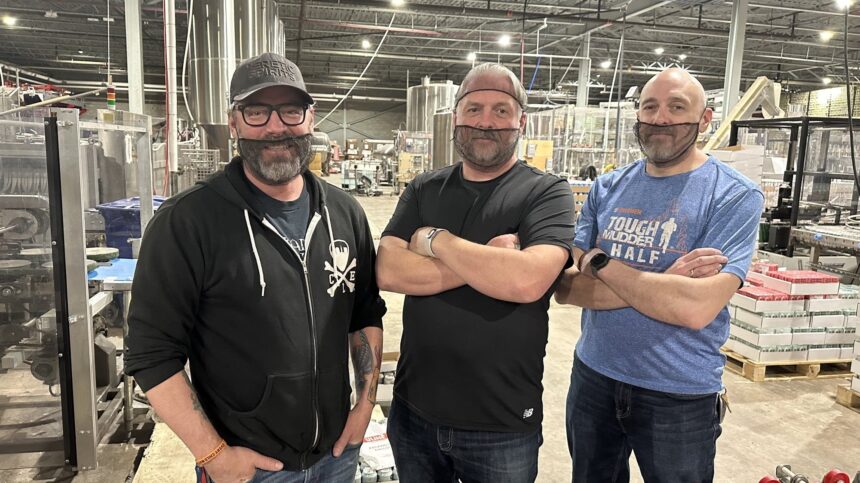The small town of Niagara Falls, Ontario, sits just a stone’s throw from the United States border. While tourists flock to marvel at the cascading waters, a different kind of flow is now catching attention: American manufacturing companies crossing north.
At Stanpac Manufacturing, a facility producing dairy packaging, production lines are running at full capacity. CEO Murray Bain strolls the factory floor with a visible sense of satisfaction. “We’ve seen a 27% increase in inquiries from American businesses since the latest round of tariffs,” he explains, gesturing toward newly installed equipment. “Companies that previously manufactured in China are now looking at Canada as their solution.”
This surge in interest isn’t isolated. Across southern Ontario’s manufacturing corridor, Canadian facilities are experiencing an unexpected windfall as US tariffs targeting Chinese goods create unintended consequences. According to CO24 Business analysis, manufacturing investment in border regions has jumped 18% over the past quarter.
The economic mechanics are straightforward: while US tariffs on Chinese goods can reach up to 25%, products manufactured in Canada face minimal or zero tariffs under the USMCA (formerly NAFTA). For American companies, the math increasingly favors Canadian production over Chinese imports.
“It’s not what policymakers intended,” says Avery Richardson, trade economist at the University of Toronto. “These tariffs were designed to bring manufacturing back to American soil, but for many companies, the combination of lower labor costs than the US and preferential trade access makes Canada the sweet spot.”
Canadian officials have recognized the opportunity. Investment attraction agencies in Ontario and Quebec have launched targeted campaigns to American businesses affected by tariffs. The Canadian Manufacturing Coalition reports that inquiries about relocation have increased threefold in the past six months.
At Precision Components in Windsor, Ontario, CEO Lisa Nguyen has expanded her workforce by 15% to handle new contracts. “We’ve brought on American clients who initially looked at reshoring to the US but found the economics just didn’t work,” she says. “Here, they get North American production without the premium price tag.”
The shift isn’t without complications. Some American labor groups have criticized the trend as undermining the intended benefits of tariff policies. Senator Mark Williams of Michigan recently called for a review of USMCA provisions, describing the current situation as “a loophole that sends American jobs to Canada instead of China—still missing the point of bringing manufacturing home.”
Canadian manufacturing associations counter that the increased production creates a stronger, more integrated North American supply chain that benefits both countries. “This isn’t a zero-sum game,” argues James Pearson of the Canadian Manufacturers Association. “Components still flow back and forth across the border multiple times. We’re seeing more regional production, exactly what the USMCA was designed to encourage.”
For border communities like Niagara Falls and Windsor, the manufacturing renaissance has brought welcome economic activity. Housing markets have tightened as workers relocate for new opportunities, and supporting businesses report increased activity.
The trend shows no signs of slowing. With additional tariffs being considered by US policymakers, CO24 Breaking News has learned that several major manufacturers are already in discussions with Canadian provincial governments about potential new facilities.
As Murray Bain concludes his factory tour, he reflects on the irony of the situation. “Twenty years ago, we watched helplessly as production moved to Asia. Now policy designed to reverse that flow has created an unexpected opportunity for Canadian manufacturing. The question remains: will American policymakers adjust course, or has Canada permanently positioned itself as the manufacturing middle ground?”










